Capcom Vs. The World
In Mike Dent’s feature on Tatsunoko Vs. Capcom: Ultimate All-Stars, he touched on the storied history of Capcom’s long line of mashup fighters, pitting drastically different (well, most of the time) universes against one another since tag-team fighting was still a fresh concept. Now seems like the perfect time to dig a little deeper, down to the roots of the games that made 2D-animated madness out of what could previously only be conceived in the most preposterous of fan-fiction.
The most exciting thing about the Versus series and the titles from which it stems is that it all came about during a time in which a console’s Real Ultimate Power was measured by how close to arcade perfect it could muster when porting them. Sega Saturn had a leg-up on the competition, but it came in the form of a 4MB RAM expansion cart that provided the extra juice needed to trump the Playstation’s mediocre efforts. Maybe we need to throw in a harsher word than mediocre here, because the PSone versions weren’t even able to include the crucial tag-team feature that made the game special in the first place.
Back when stores like Software Etc. sold the occasional import, I remember the Saturn version of X-Men vs. Street Fighter being on display for all to drool over. Add-on cart firmly in place, who could deny coveting an experience anywhere near comparable to that of the arcade version. These are the things parties are made of, my friend, and it’s kind of amazing to look back on this and think of how anything less than that is almost unfathomable now. In fact, we demand much more out of our home ports than we could ever get in an arcade.
In what was already becoming a yearly tradition, 1997 saw the release of a tag-teamin’ sequel, Marvel Super Heroes vs. Street Fighter. Staying safely close to the established formula, Capcom did one of the next best things to innovation: expansion. Why just fight the X-Men when you can pluck characters from the never-ending halls of the Merry Marvel U? Along with returning fighters like Wolverine and real American heroes like Captain America, the game threw in some oddballs, like the betentacled Shuma-Gorath. Maybe that isn’t an too odd a choice in the minds of Marvel comics veterans, but who thinks of Shuma-Gorath as a go-to contender off the top of their head?
These titles became little more than quaint memories as time went on, and the game truly changed in 1998 with Marvel vs. Capcom: Clash of Super Heroes. Consider it an answer from the Capcom side of the brawl, one that ushered in characters from a smattering of their legendary franchises. Mega Man, Strider Hiryu, Captain Commando; they fought the good fight in the war between comics and games, and like that infamous Pro Wrestling quote, “a winner is you.” Duo Team Attacks added to the insanity, bringing multiple characters from one side onto the screen at once for a blinding series of supers that made fans of 2D brawling reconsider the definition of frantic.
Marvel vs. Capcom was also the first of the series to be ported to Sega’s Dreamcast in 1999. Finally, a system that could do the arcade version justice, and then some, with the added four-player feature of Cross-Fever mode. Perhaps this was some kind of ritual preparation for what would ultimately be the swan song of insanity for vs. gaming. That’s not to say that the next title was the actual swan song to it all. There’s the grand Capcom vs. SNK battle for fighting supremacy, Namco x Capcom; heck, there’s even the original card-collectin’ SNK vs. Capcom: Card Fighters Clash (and its less charming DS followup) for NeoGeo Pocket Color. Yet none are as completely, for lack of better words, buck wild as the final stop on this particular journey.
Yes, Marvel vs. Capcom 2: New Age of Heroes reigns as the king of Capcom crossover madness. It does this so thoroughly that fans practically willed it onto Xbox Live and Playstation Network in 2009. Tallying up every contender that ever attempted to clash in some superheroic form throughout the series—including unlockable characters that range from the classic to the extremely obscure—MvC2‘s roster runs 56 deep. Jill Valentine! Tron Bonne! The Capcom side alone is enough to satisfy the expectations of most, and it all blends together like a swirl sundae whipped up by Mephisto himself.
It may not come more manic than that, but the vs. series lives on with Tatsunoko vs. Capcom. While we wait, there’s nothing stopping us (unless, of course, there is actually someone physically stopping you) from hitting the ‘net with Marvel vs. Capcom 2 and taking on an entire world of bold challengers. With any luck, the madness will live on as long as our universe can possibly sustain it.


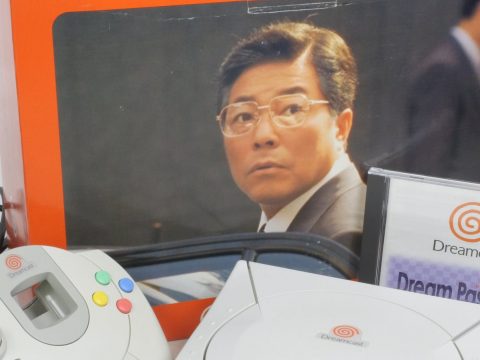
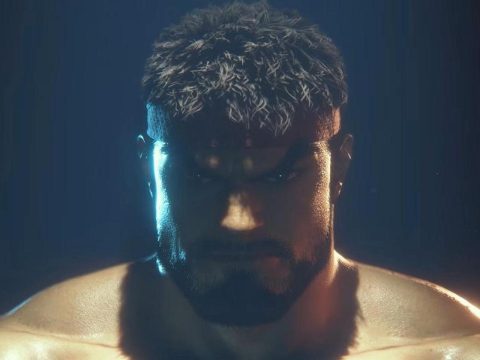
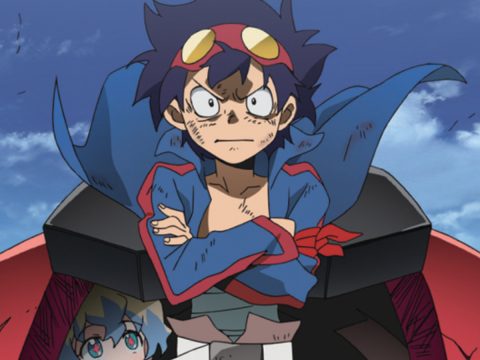
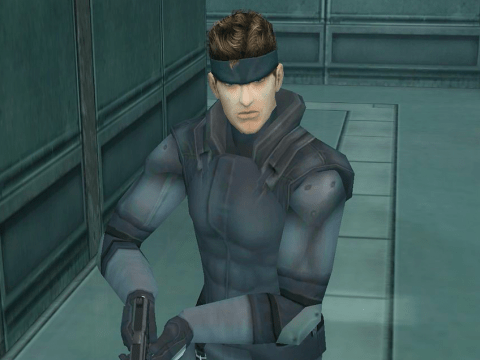
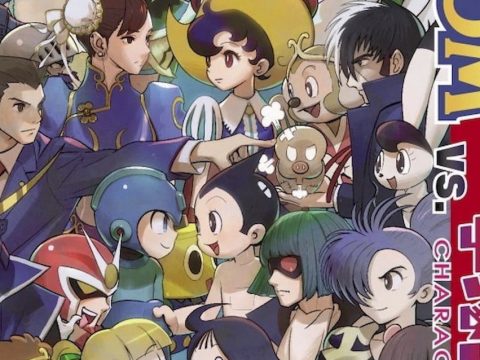
![[Review] Samurai Shodown [Review] Samurai Shodown](https://otakuusamagazine.com/wp-content/uploads/2019/08/samsho1.jpg)